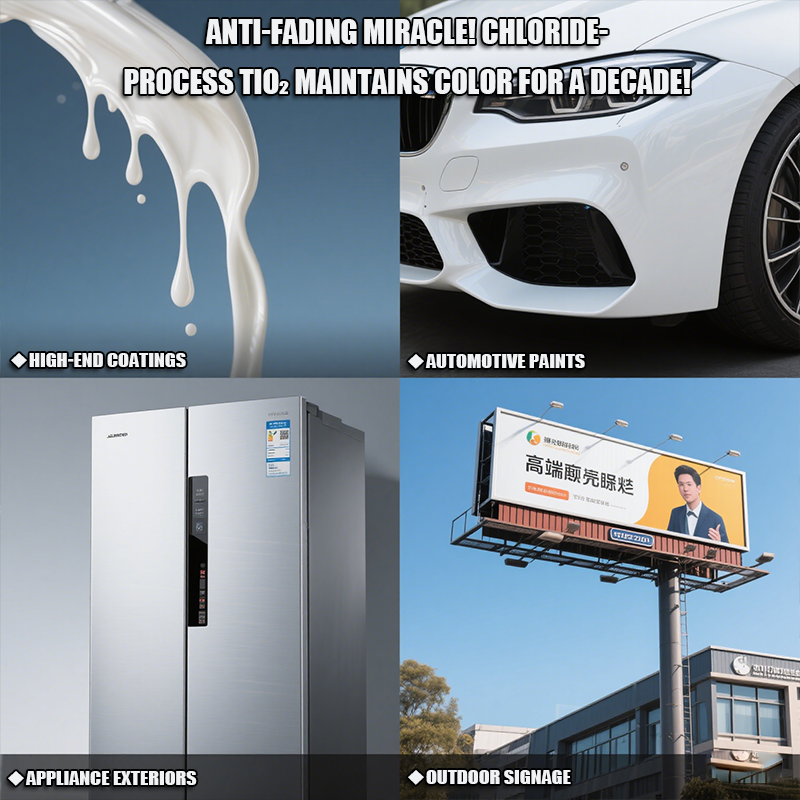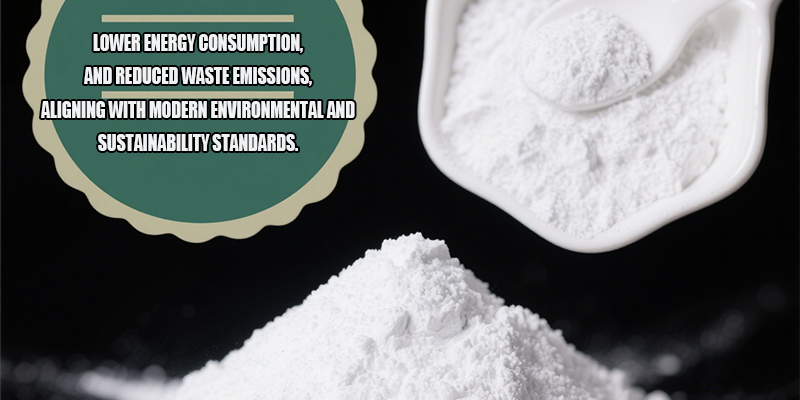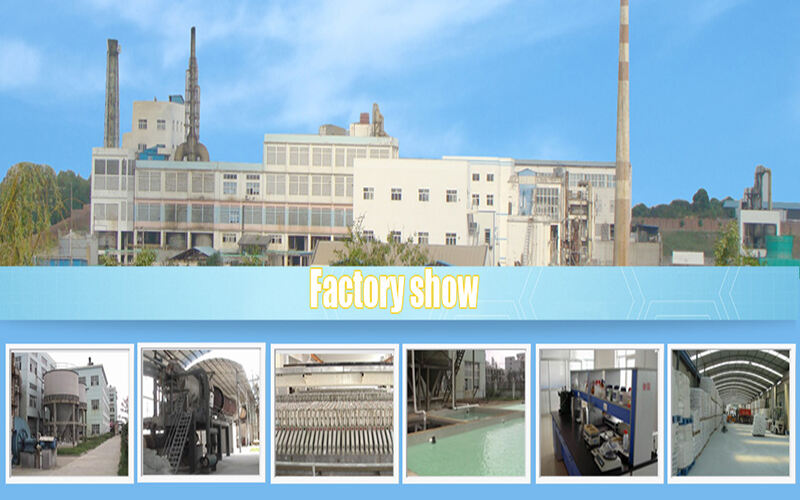Titanium dioxide R&D and supply.
Apr 20,2025
In industries such as coatings, plastics, and inks, the color stability of titanium dioxide (TiO₂) is a critical indicator of product quality. Traditionally, TiO₂ often experiences color fading or chalking over time due to exposure to UV rays, climate changes, and other factors, affecting the appearance and longevity of products. However, recent advancements have shown that TiO₂ produced via the chloride process can maintain its original color and brightness for up to ten years, achieving what can be termed an "anti-fading miracle."
Production Process of Chloride-Process TiO₂
The chloride-process TiO₂ production method was developed in the 1950s by DuPont. This process involves reacting titanium ores with chlorine gas and petroleum coke at high temperatures to produce titanium tetrachloride (TiCl₄), which is then purified through distillation and oxidized at temperatures between 1300–1800°C with oxygen to form TiO₂. This method effectively removes impurities from the titanium ores, resulting in a higher purity TiO₂ product. Compared to the traditional sulfate process, the chloride process offers higher product purity, lower energy consumption, and reduced waste emissions, aligning with modern environmental and sustainability standards.

Technical Advantages in Color Stability
The exceptional color stability of chloride-process TiO₂ stems from its unique production process. Firstly, TiO₂ produced via the chloride process has a more uniform crystal structure and consistent particle size distribution, which enhances the opacity and gloss of coatings. Secondly, the surface treatment of chloride-process TiO₂ is more refined, effectively resisting UV radiation and reducing the risk of color fading. Finally, the low energy consumption and minimal pollution characteristics of the chloride process ensure that TiO₂ maintains excellent performance over extended periods of use.

Industry Applications and Market Outlook
As consumer demands for product quality continue to rise, the color stability of TiO₂ has become a crucial criterion for selecting raw materials in industries such as coatings, plastics, and inks. Chloride-process TiO₂, with its outstanding color retention, is widely used in high-end coatings, automotive paints, appliance exteriors, and outdoor signage. Looking ahead, with further optimization of production processes and increasingly stringent environmental regulations, chloride-process TiO₂ is expected to play an increasingly significant role in the global market.
